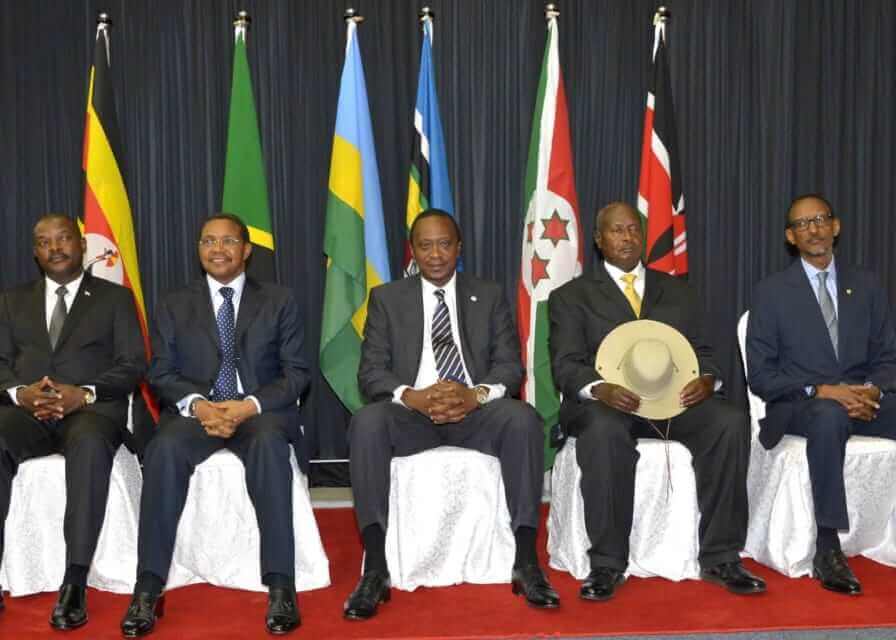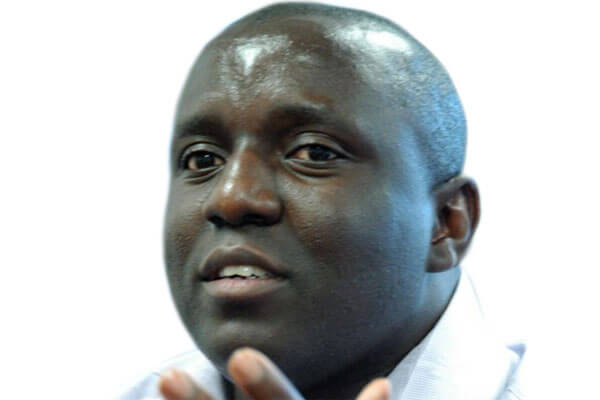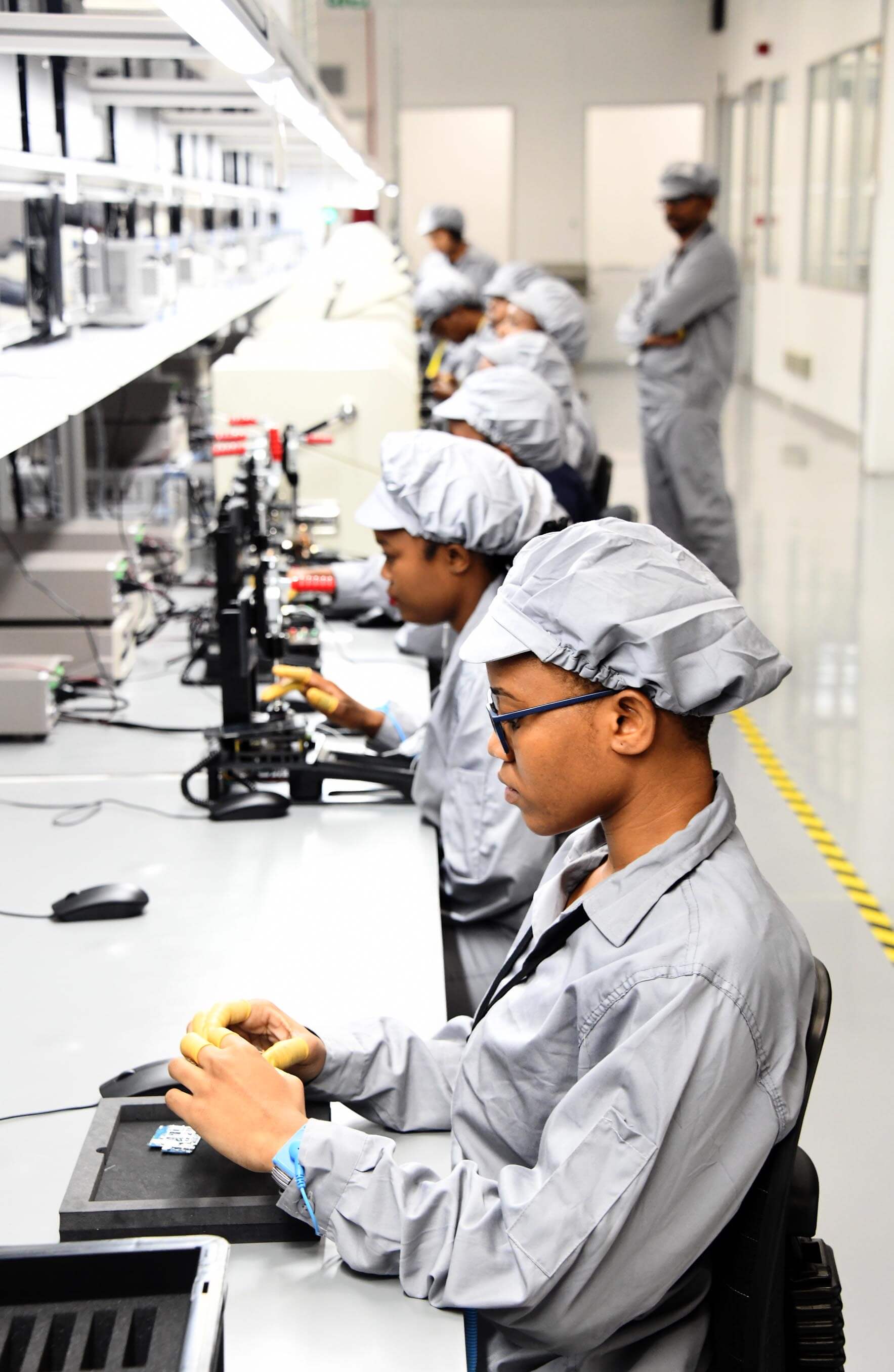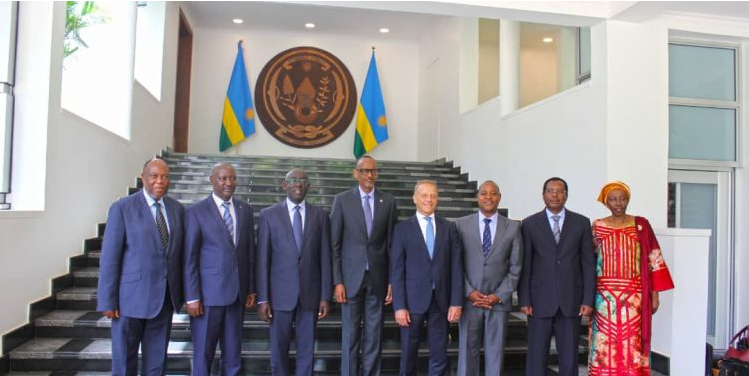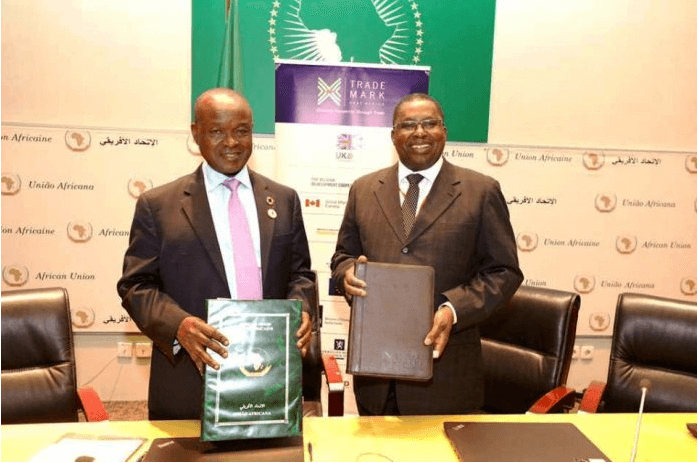Parliamentary Diplomacy has played a key role in Global Governance. Experts from all over the world have analysed empirical case studies to demonstrates that parliamentarians and parliamentary assemblies have an increasingly important international role. The European Parliament, said to be one of the strongest autonomous institutional actors in world politics has been at the center of Parliamentary Diplomacy but the world has been turning attention to Africa: looking into the role of parliament and cabinet in foreign policy making, especially in South Africa and the East African Legislative Assembly. According to Weiglas and de Boer (2007, pp.93-4), Parliamentary Diplomacy is the full range of international activities undertaken by parliamentarians in order to increase mutual understanding between countries, to assist each other in improving the control of governments and the representation of a people and to increase the democratic legitimacy of inter-governmental institutions. In this article, Joel Okwemba, the Managing Director at the Centre for International and Security Affairs, shares his thoughts on Why we need a Structured Parliamentary Diplomacy for Africa. Why we need a Structured Parliamentary Diplomacy for Africa. However, opportunities are abounding when it comes to: how Parliaments interact with Foreign Policy questions; how Parliaments engage with the State on these questions; how to create form and structure on Parliamentary Diplomacy; and in the development of academic and theoretical literature on the Parliamentary Diplomacy theory in Africa. Parliamentary Diplomacy also referred to as Parlomacy[1], creates opportunities that are alternatives and complimentary to traditional diplomatic approaches that rely on...
Parliamentary Diplomacy for Africa – Why it needs Structure
Posted on: December 2, 2019
Posted on: December 2, 2019

